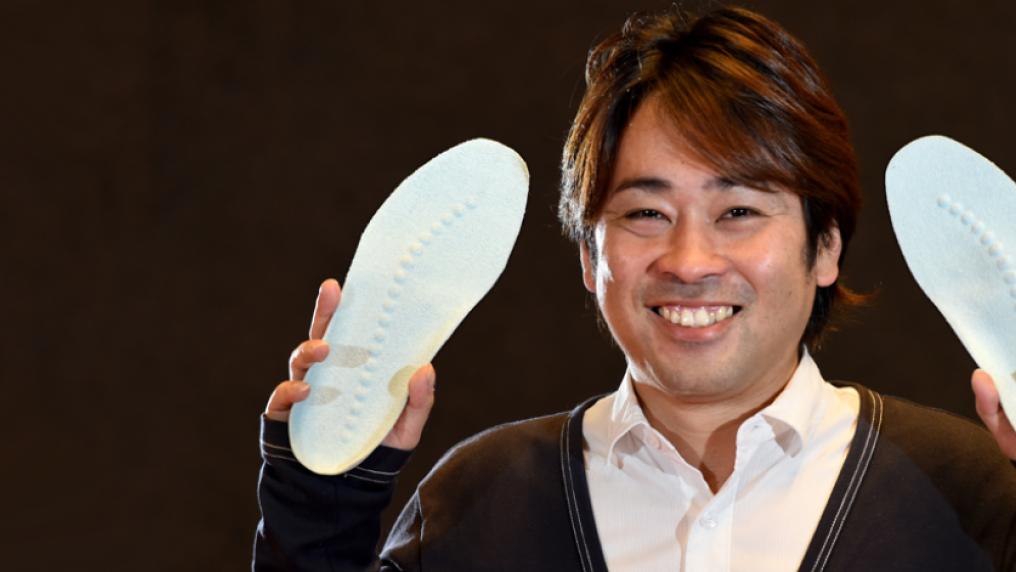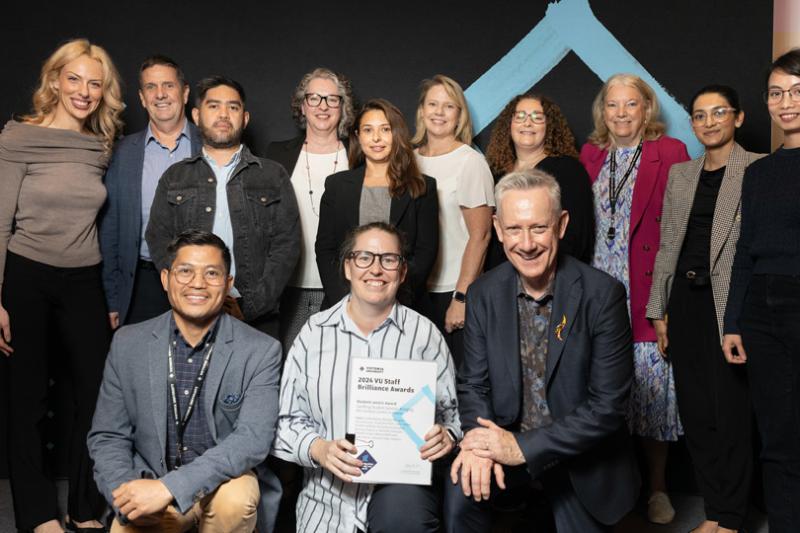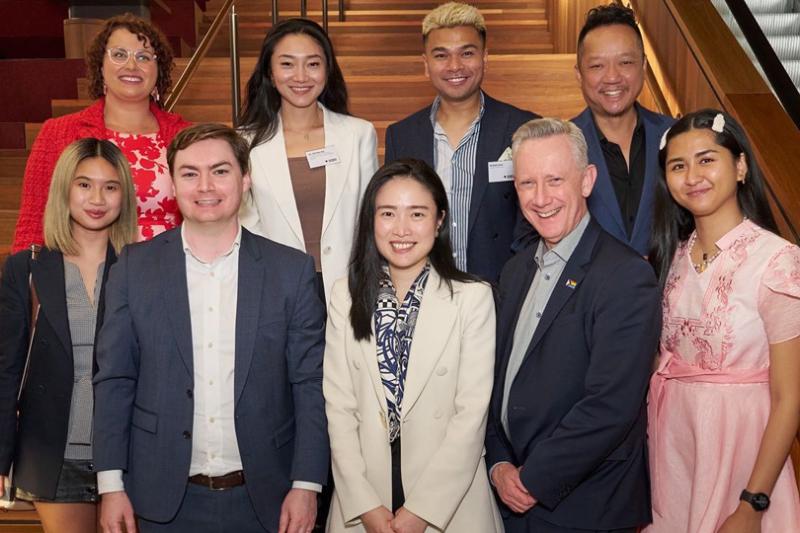Insoles reduce trips and falls in elderly

Special shoe insoles designed to prevent costly and common stumbles and tumbles among the elderly will be available in Australia by year-end.
Victoria University researcher Dr Hanatsu Nagano developed the insoles as part of his PhD over nearly a decade after two of his grandparents in Japan suffered debilitating falls.
Worldwide, one-in-three elderly people experience injurious falls annually, but the problem is particularly serious in Japan where one-quarter of the population, or 35 million people, are over 65.
“I wanted to make a social contribution to this very big problem by offering a product that is affordable, and can be easily made and used,” he said.

The insoles are designed with a series of raised bumps that follow a foot’s ideal centre of pressure to help with side-to-side balance, a shock-absorbing contoured heel, and a forefront that helps increase minimum toe clearance – the reason for many trips and falls.
They will sell in Australia in pharmacies and speciality shoe stores as part of an integrated shoe made partly from traditional Japanese textiles for roughly $170.
Human trials with partner University of Tsukuba in Japan have proved the insoles dramatically reduce falls among the elderly, as well as with tripping-prone hospital patients suffering from conditions such as dementia, osteoarthritis, or knee surgery.
Over a recent six-month trial, Dr Nagano found nearly 40 elderly people wearing the insoles did not fall at all. And only one of 12 insole-wearing hospital patients suffered a fall over a four-month period compared to three falls for a control group of a similar size who were not wearing them.
Dr Nagano estimates that his invention could save 36.5 billion Yen (or close to AUD$500 million) in direct medical costs in Japan for every one per cent decrease in incidents of trips and falls.
While only 15 per cent of Australians or about 3.5 million people are currently aged 65 or older, that proportion is forecast to rise to 25 per cent by 2050, the same as Japan.
Dr Nagano said he initially designed the insoles for the elderly, but he expects to further refine them for other users, including joggers and walkers.
Victoria University has an international patent on the injury-reduction insoles. Dr Nagano’s company, Global Bridge, is now working with Japanese fashion manufacturer and retailer, Caitac Family, to commercialise them.
Dr Hanatsu Nagano is a postdoctoral research fellow specialising in biomechanics at VU’s Institute for Sport, Exercise and Active Living (ISEAL). His research supervisor is Professor Rezaul Begg, leader of VU’s assistive technologies research. Both are available for comment.



